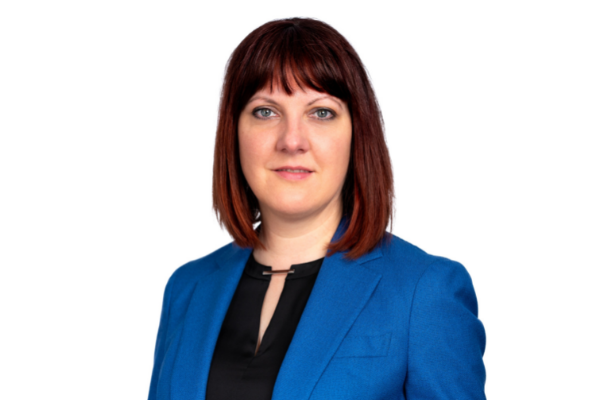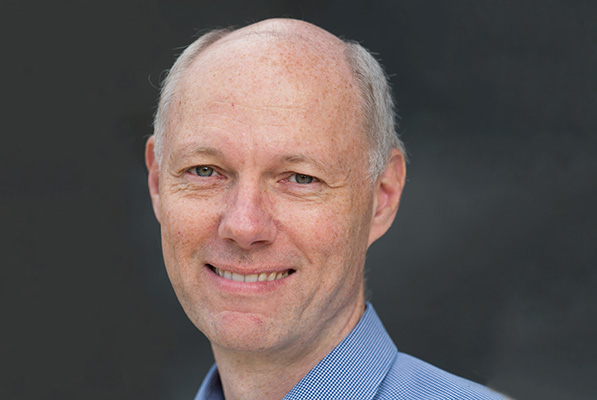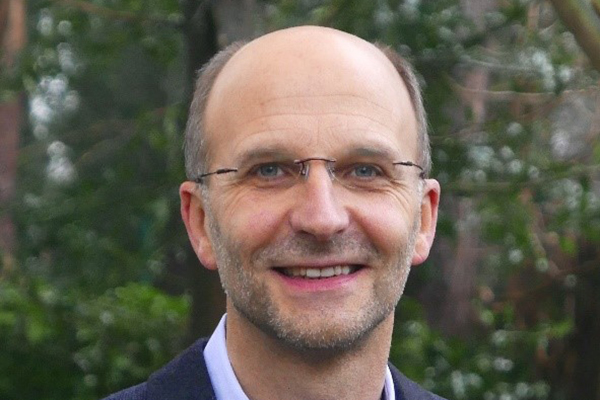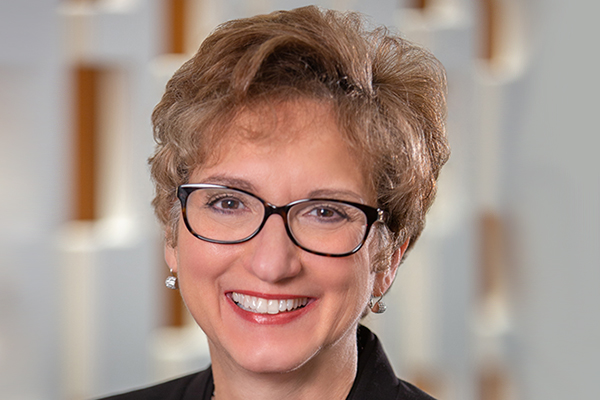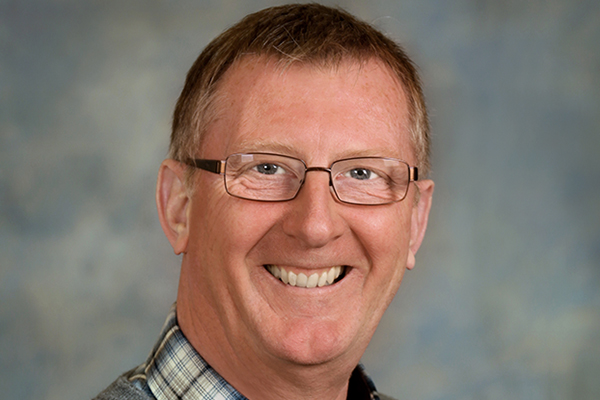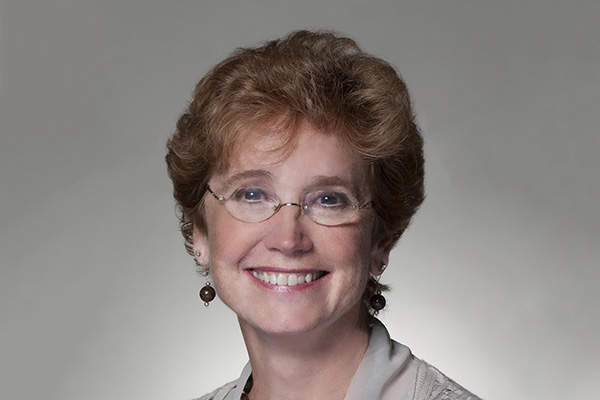Learn how IFF, GOJO Industries (maker of PURELL®), and Sherwin Williams are drawing upon the Cradle to Cradle Certified framework
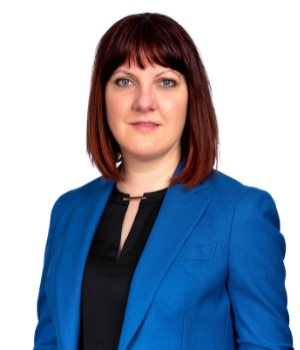
Transforming the concept of a regenerative, circular economy into reality ultimately depends upon making sure that we are circulating the right materials to begin with. Ingredient choices made at the product formulation and development stage have a critical bearing on how those products ultimately exist in the world now, and into the future – from their impact on human health and well-being to their effects on ecosystems and our environment.
The Cradle to Cradle (C2C) Certified Product Standard caters to this ambition via a framework for designing and making products with safety and circularity in mind. The Standard encompasses five categories of sustainability performance: Product Circularity, Clean Air & Climate Protection, Water & Soil Stewardship, and Social Fairness -- underpinned by Material Health.
Rooted in the thinking that everything is a resource for something else, the Material Health category involves a rigorous, science-based process for fully assessing and optimizing a product’s chemistry and material health. It also gives chemical companies a platform for partnering with suppliers and customers on the design and innovation for safer, circular chemistry. A standalone C2C Certified Material Health Certificate provides companies the opportunity to validate safer chemistries for circular products using the Material Health methodology.
As part of advancing their Environmental, Social and Governance (ESG) and UN Sustainable Development Goal commitments, companies across a range of industries from textiles to fragrance to food packaging are using the Cradle to Cradle Certified Product Standard as a solution for optimizing, verifying and communicating the safety and circularity of ingredients and finished products.
Among them is IFF, an industry leader in food, beverage, scent, health and biosciences. IFF is one of the first companies to use Cradle to Cradle Certified as a framework for embedding and activating the principles of circularity within its Scent division and across the company.
Committed to applying science and creativity for a better world, IFF is developing sustainable creations, ingredients and integrated solutions through increased product transparency and circular design. Cradle to Cradle Certified has provided a common language to help IFF reach their goal of creating ‘fragrances which do more good’– and how to measure them. After debuting the world’s first Cradle to Cradle Certified fragrance in 2016, IFF has used the Cradle to Cradle Certified Product Standard as a platform for bringing innovation to its customers through circular fragrances and launching products that lean into different sustainability attributes (such as renewability or biodegradability), depending on its customers’ objectives. To further drive circularity forward, IFF has developed digital tools to quickly assess its catalog of thousands of ingredients against the most rigorous performance level of Platinum Material Health under the Cradle to Cradle Certified Products Program. As the company continues to innovate around new biobased and upcycled raw material and sustainable process technologies, the pre-assessed ingredient portfolio enables a more streamlined approach for fragrance creations which do more good for people and the planet, while knowing material health is already prioritized.
GOJO
With a proliferation of unsafe hand sanitizer products manufactured during the pandemic, pressure on sanitizer, soap and cleaning product makers has taken on new urgency. Driven by the mantra that ‘formulation counts’, GOJO, maker of PURELL® branded hand sanitizers, soaps, and surface products, has long integrated third party certification requirements into the company’s innovation process. Now, it is using Cradle to Cradle Certified to advance safer chemistry and create an ‘expectation of optimization’ in partnership with its suppliers. This has already resulted in safer hand hygiene formula outcomes: Since April 2020, GOJO achieved certification for more than 350 PURELL branded SKUs. The independent material health assessment of the products for certification revealed two previously unidentified chemicals of concern in two fragrances, enabling GOJO to make informed modifications that resulted in Platinum level Material Health performance and, most importantly, safer hand hygiene products ready to cycle in a circular economy.
Sherwin Williams
Safer chemistry also plays a critical role in advancing the circularity and sustainability of packaging materials across all sectors. Sherwin Williams, a leading supplier of packaging coatings, is driving safe and circular packaging development via the company’s Safer by Design product development protocol. The C2C Certified Material Health Certificate is one of the tools Sherwin Williams is using to verify and communicate the safety of its light metal coatings made for food, beverage and household product containers. The most recent product series, valPure V70, an epoxy resin platform made without BPA, has achieved a Platinum level certificate verifying the product has been assessed and optimized via a robust testing protocol, ensuring a safe formulation for all people, including children.
These are just three examples of ways that companies across industry sectors are drawing upon the Cradle to Cradle Certified framework and its Material Health methodology to trailblaze chemistry innovation for the circular economy. In the process, they are evolving more collaborative supplier-customer relationships, driving greater materials transparency, and helping lead the way towards an equitable, sustainable future -- powered by safe and circular products.
This article has been edited for length and clarity. The opinions expressed in this article are the author's own and do not necessarily reflect the view of their employer or the American Chemical Society.
Copyright 2022 American Chemical Society (All Rights Reserved)

